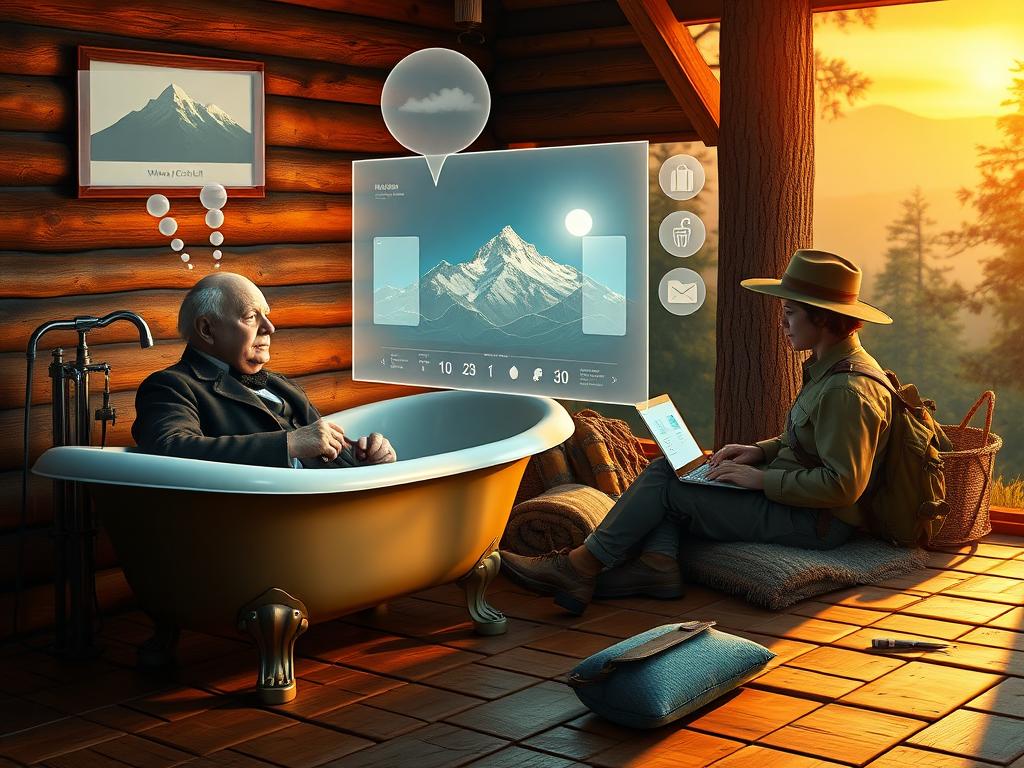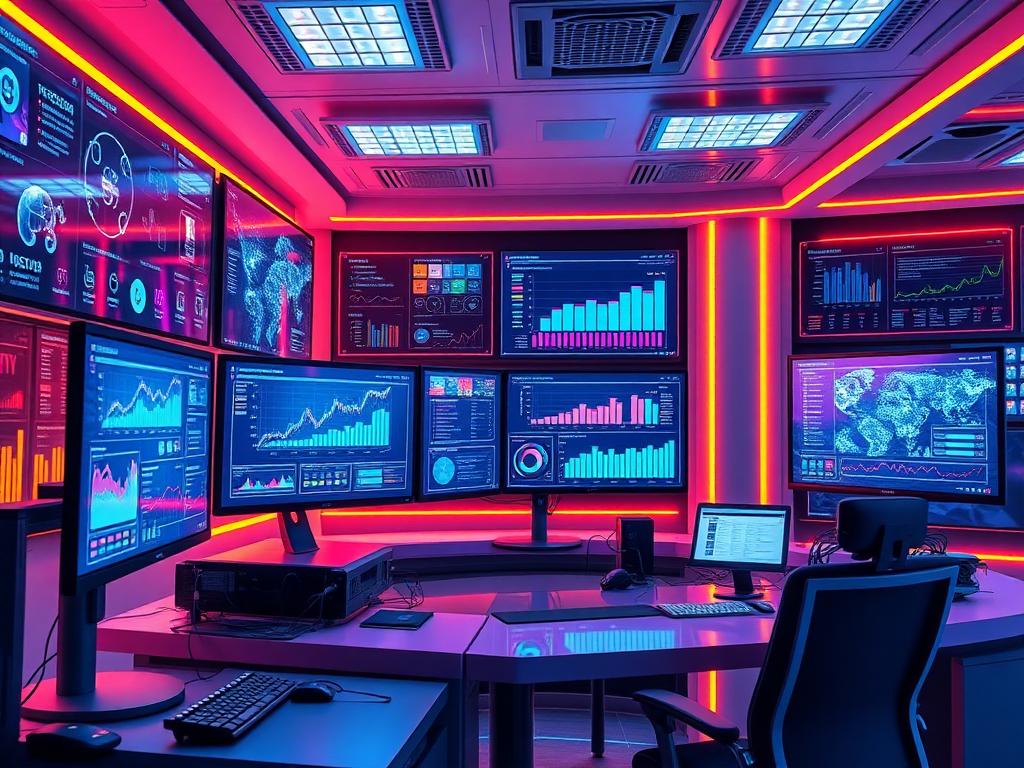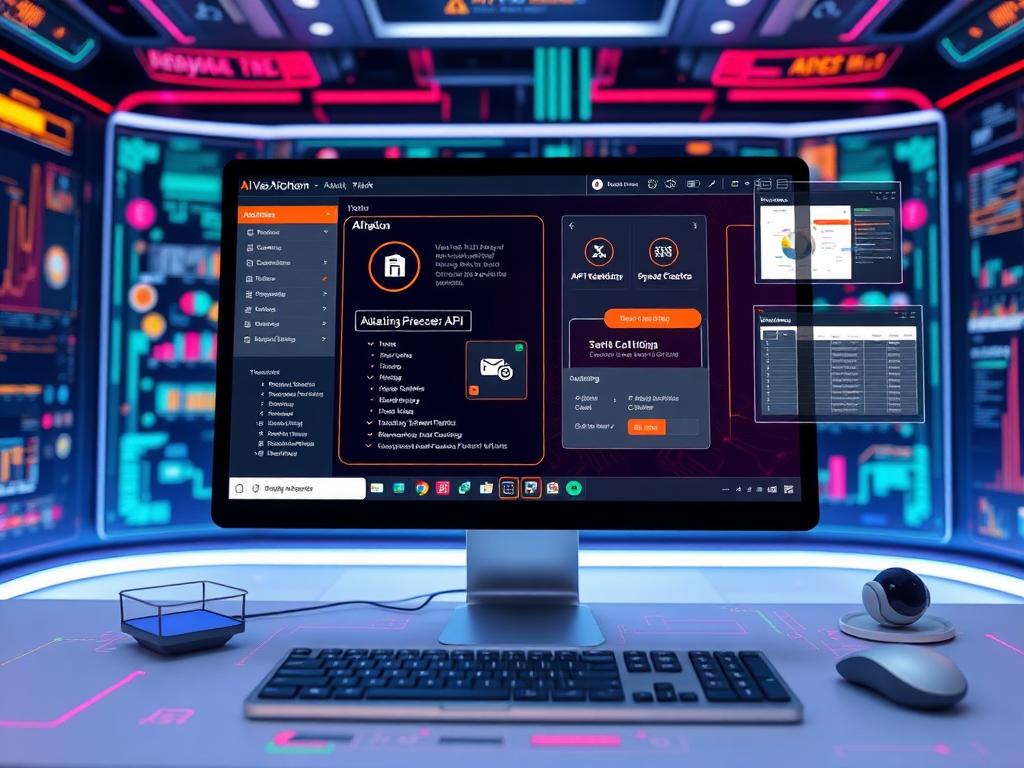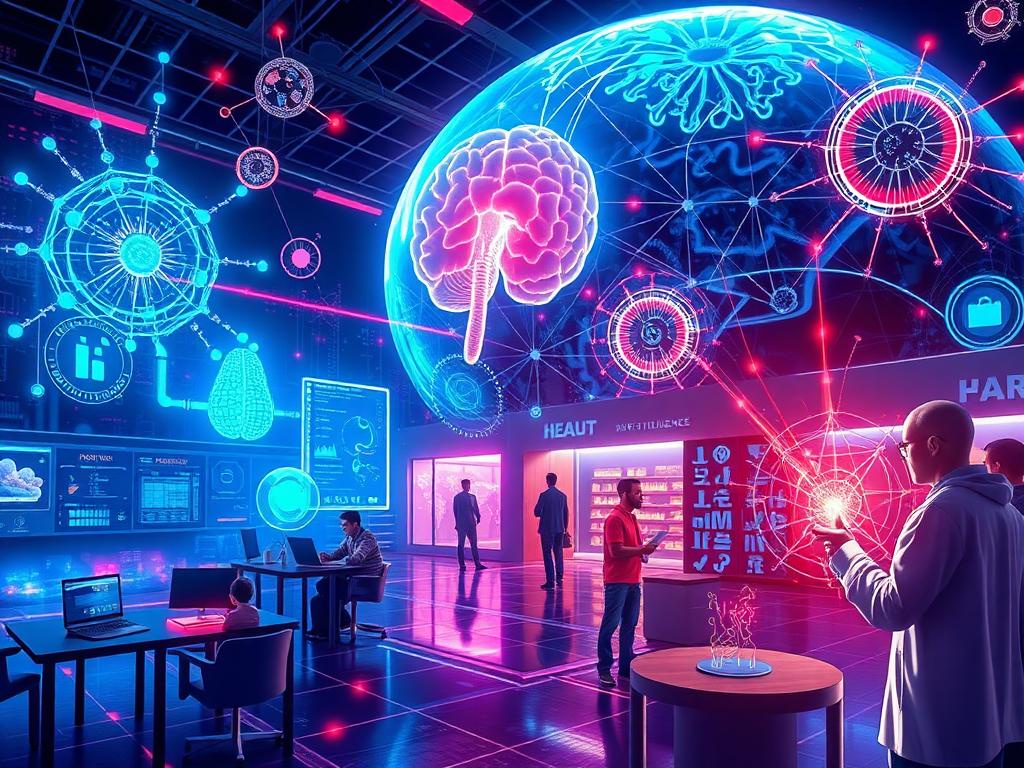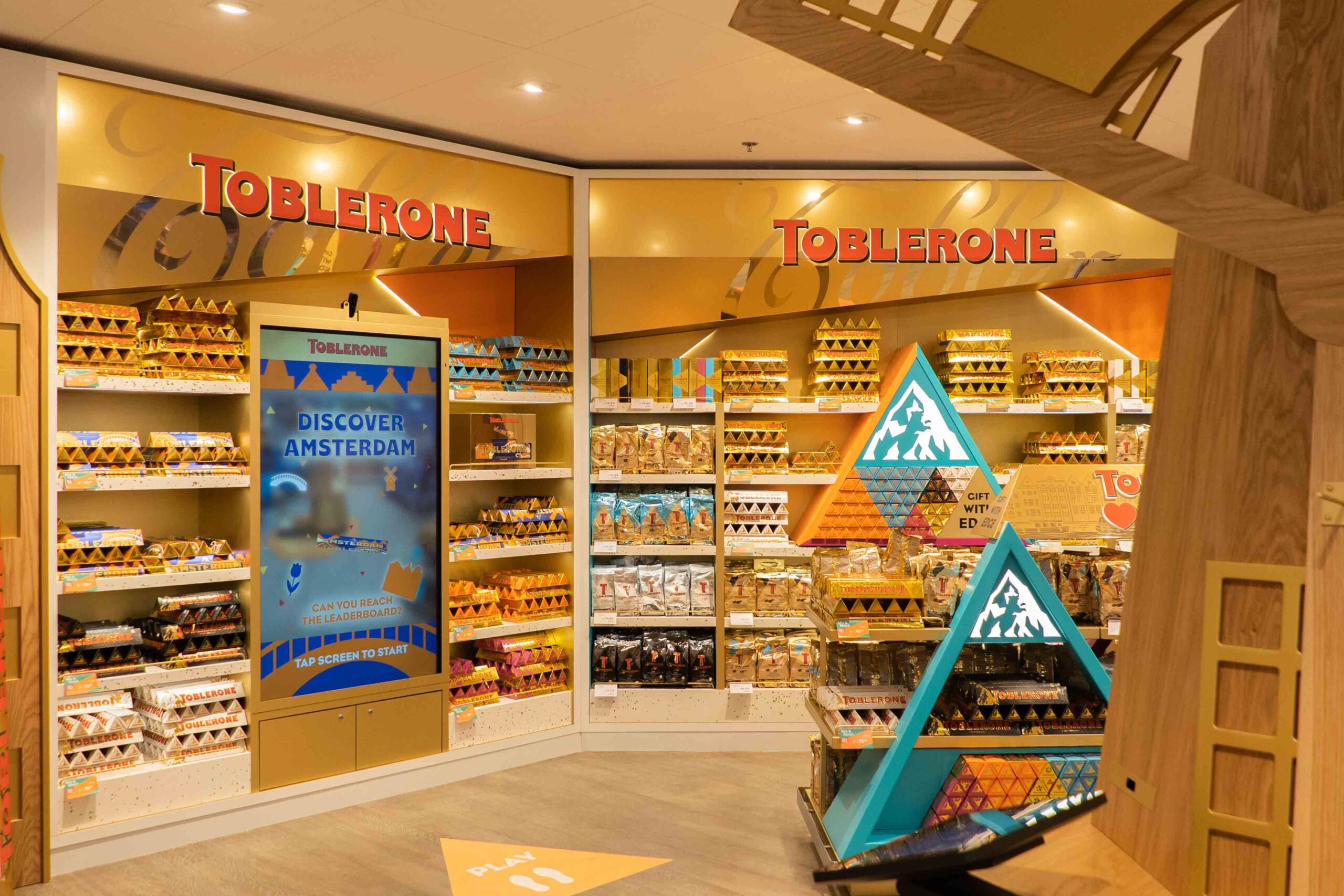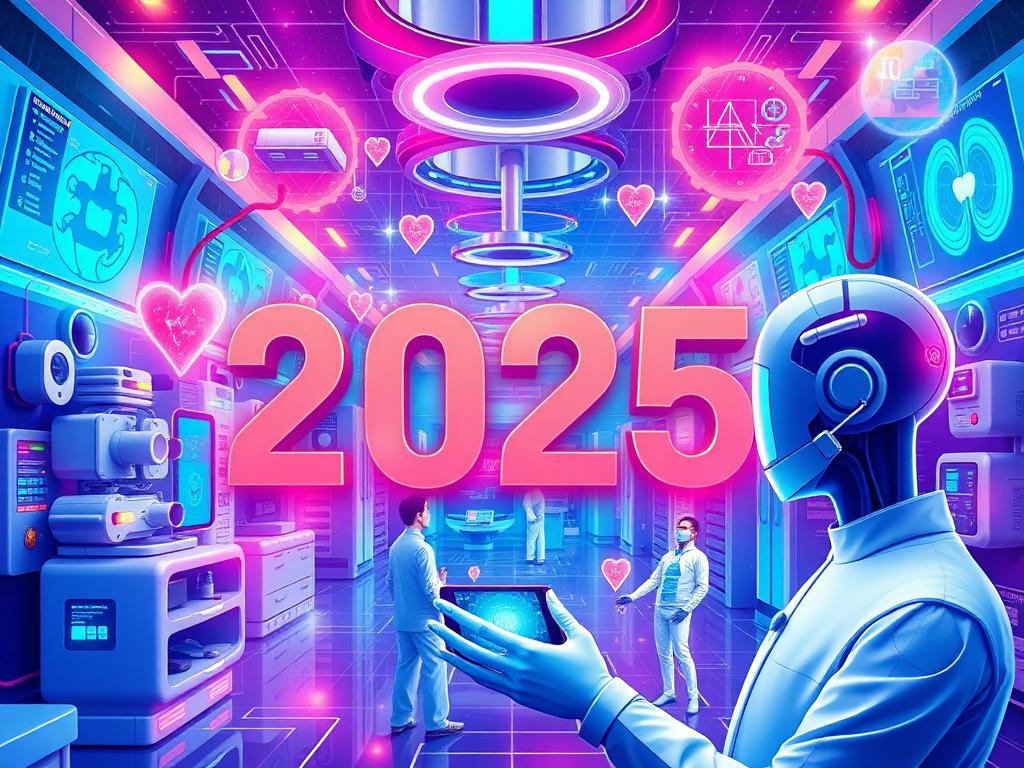
The Future of Retail in 2025
Discover how the retail industry is evolving in 2025 with innovations in digital interfaces and experiential retail, shaping the future of shopping.
The Future of Retail in 2025: Digital and Experiential Innovations
In 2025, the retail industry is undergoing a transformative evolution, driven by the dual forces of digital innovation and experiential retail. As consumers increasingly shift their shopping habits online, retailers are leveraging advanced digital interfaces to enhance the online shopping experience. Simultaneously, brick-and-mortar stores are being reinvented as immersive spaces that offer unique and memorable experiences, ensuring they remain relevant in the digital age.
Digital Interfaces: The Online Shopping Revolution
The rise of e-commerce has been a bright spot for the global retail industry, even amidst economic uncertainties. Consumers are spending more time on their smartphones and shifting a significant portion of their spending to digital channels. This shift has prompted retailers to explore new ways of engaging with consumers through innovative digital interfaces.
One of the most notable developments is the integration of loyalty programs into retailers’ mobile apps. For example, IKEA revamped its loyalty program, IKEA Family, in November 2024. Accessible through the IKEA app, the program rewards customers for various interactions, such as creating wish lists and meeting with designers, offering personalized benefits like free delivery or discounts.
Another significant advancement is the expansion of payment methods within mobile apps. In September 2024, Puregold, a Philippines-based grocer, partnered with GCash to offer buy now, pay later (BNPL) options to small neighborhood stores, known as sari-sari stores. This initiative provides operators with affordable working capital, enhancing their ability to manage inventory and sustain their businesses.
Experiential Retail: Bringing Shoppers Back to Stores
As e-commerce continues to grow, retailers are embracing experiential retail concepts to attract customers back to physical stores. These experiential spaces are designed to entertain, build a sense of community, and seamlessly integrate digital elements into the in-store experience.
Luxury retailer LVMH exemplifies this trend with the opening of LV The Place Bangkok in November 2024. The multifunctional cultural destination features a Louis Vuitton boutique, a themed exhibition area, and a fine dining restaurant by chef Gaggan Anand. This immersive space offers visitors a unique blend of luxury shopping and cultural exploration.
Similarly, sportswear giant adidas launched its “Home of Sport” concept in Buenos Aires in October 2024. The 800 square meter store includes dedicated sports activity spaces, such as a football area honoring Lionel Messi and a Run Lab powered by motion Metrix technology, which provides detailed analysis of users’ running forms. This concept caters to Argentina’s young sports enthusiast community, offering an engaging and interactive shopping experience.
The Strategic Role of New Retail Formats
These innovations in digital interfaces and experiential retail underscore the strategic role that new formats are playing in shaping the future of the retail industry. By enhancing both online and offline shopping experiences, retailers are better equipped to meet the evolving needs and preferences of consumers.
As the retail landscape continues to evolve, themes like responsible retail, data-driven retail, and simplified shopping will also play crucial roles in driving the industry forward. Retailers that embrace these trends and continuously innovate will be well-positioned to thrive in the dynamic and competitive market of 2025 and beyond.









